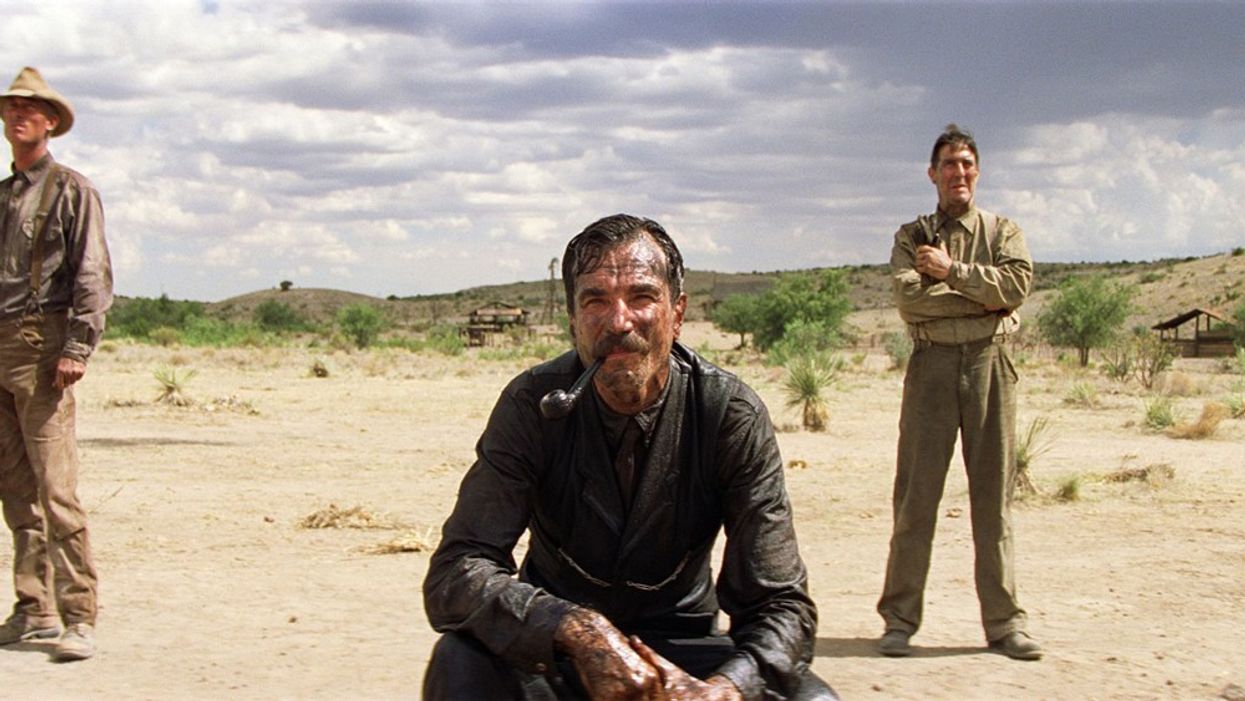Learn How Spherical and Anamorphic Lenses Affect Story Differently
Find out the basics between spherical and anamorphic lenses in this detailed lesson.

Even though the two go hand-in-hand, visual storytelling should start with lens choice rather than camera choice, and the technical decision behind which lenses you do choose should be informed by the story that's being told. If you've been around the cinematography campfire for more than a day, you've probably heard of the terms spherical and anamorphic.
Some believe the latter offers a more "cinematic" look, because of its shallower depth of field when compared to spherical lenses, but the term cinematic is about as basic as a concept comes. It simply suggests that an image looks like a movie. But here's a shocker. There's not one single definition of what a movie should look like. If there was, storytelling would be spiritless and monotone.
But getting back to lenses, In Depth Cine has put together a first-class video detailing the differences between spherical and anamorphic lenses that you need to watch.
How informative was that?
The big takeaway here is that depending on the story you want to tell, the choice between spherical and anamorphic is an important one. Choosing either will affect the mood, lighting, and look of your film, not to mention how you shoot it.
As the name suggests, spherical lenses are constructed with circular lens elements that produce uncompressed images. Anamorphic lenses, on the other hand, add cylindrical lens elements, and when light passes through, the image is squeezed. With anamorphic lenses, the squeeze can vary depending on the manufacturer, but generally, anamorphic lenses due provide a wider aspect ratio than spherical lenses.
The bokeh each lens produces is different too. Spherical lenses produce circular, out of focus elements, and anamorphic lenses will have a slightly oval-shaped bokeh that will also affect the look of lens flares. When it comes to image sharpness, spherical lenses will have an advantage while anamorphic will have a softer look along the edges. Spherical lenses are usually faster with lower T-stops as well. So if you find yourself shooting in low light conditions, consider spherical lenses, or stronger light sources.
Something the video does not mention is rear-mounted anamorphic lenses. These are different than the front-mounted type, where the compression is done by the front lens element, in that they use a rear element to create the compression. The bokeh and flare of rear-mounted anamorphics will more closely resemble spherical lenses, but will still have a shallower depth of field. They are also faster and have slightly less distortion than front element anamorphic lenses.
As In Depth Cine points out exceptionally well, lens choice affects the way a story is interpreted. And says, "to increase our understanding, it’s important to educate ourselves on the gear used in films and to be conscious of the effect that it has on your viewing experience."
He also suggests that the "point of filmmaking is to be sucked into a story to the point that we forget it’s a film..." No Film School couldn't agree more.
What are some of your favorite lenses or movies shot on either glass? Let us know in the comments below.











